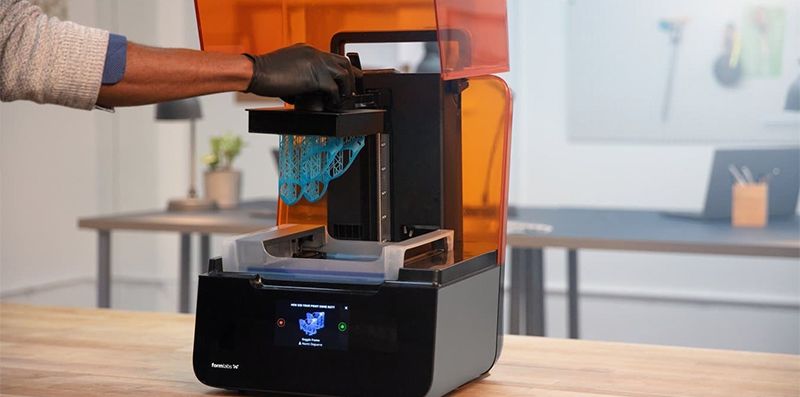Step-by-Step Guide to Rapid Prototyping for Faster Product Development
Nov. 20, 2024
Rapid prototyping accelerates product development by enabling quick design iterations and feedback. Follow this step-by-step guide to streamline your process and bring products to market faster.
Step 1: Define Your Goals
Start with clear objectives. Determine whether you’re testing design, functionality, or user experience. Specific goals guide efficient prototyping and reduce unnecessary revisions.
Step 2: Choose the Right Tools
Select appropriate software and equipment for your needs. Tools like SolidWorks or Fusion 360, combined with 3D printers, simplify complex designs and enhance precision.
Step 3: Create a Digital Model
Develop a detailed CAD (Computer-Aided Design) model. Digital prototypes allow for accurate visualization, helping to identify potential flaws early.
Step 4: Build a Physical Prototype
Use suitable materials based on your product’s requirements. For example, PLA filament is ideal for initial 3D prints, while metal is better for functional testing.
Step 5: Test and Analyze
Evaluate the prototype under real-world conditions. Gather feedback from stakeholders and identify areas for improvement to ensure the design aligns with goals.
Step 6: Refine and Iterate
Incorporate feedback into the next iteration. This step ensures continuous improvement and minimizes risks before mass production.
Step 7: Finalize and Document
Once the prototype meets all requirements, finalize the design. Document the entire process, including tools, materials, and feedback, for future reference.

Benefits of Rapid Prototyping
| Benefit | Description |
|---|---|
| Speed | Reduces development time by up to 40%, according to industry reports. |
| Cost Efficiency | Early flaw detection minimizes expensive production errors. |
| Collaboration | Improves communication among designers, engineers, and stakeholders. |
Case Study: Streamlining Automotive Design
An automotive company implemented rapid prototyping to create a new dashboard design. By iterating through five prototypes, they reduced development time by 30% and achieved a user-friendly layout.
FAQs About Rapid Prototyping
What is the main advantage of rapid prototyping?
Rapid prototyping service enables faster iterations, reducing time-to-market and enhancing product quality through early testing.
Which industries benefit most from rapid prototyping?
Sectors like automotive, healthcare, and consumer electronics frequently use rapid prototyping to innovate efficiently.
How long does rapid prototyping take?
Depending on complexity, prototypes can be developed within hours to a few days, significantly speeding up traditional timelines.
By following this step-by-step guide, you can master rapid prototyping, saving time and resources while enhancing product quality and innovation.
51
0
0
All Comments (0)
Previous: None
Next: None
If you are interested in sending in a Guest Blogger Submission,welcome to write for us!


Comments